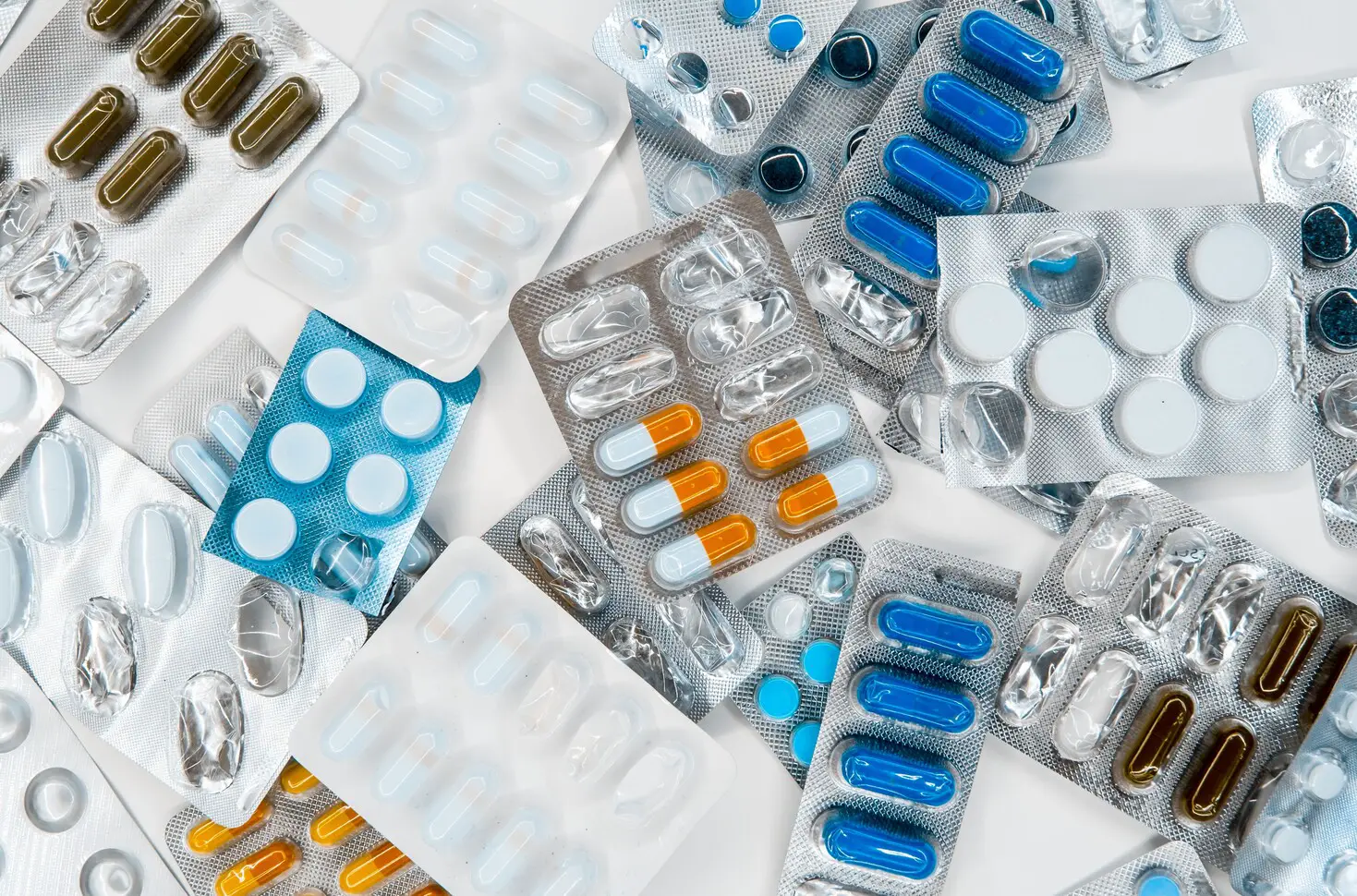
Harm reduction is a non-judgmental and health-centred approach to drug and alcohol users that aims to reduce the harms associated with substance use. With this approach the focus is on understanding that abstinence may not be an option, therefore sharing information about reducing the risks to physical health when using drugs is important.
In this blog post, we cover the risks associated with using certain drugs and harm reduction tips for opiates, crack cocaine, and benzodiazepines.
OPIATES OR OPIOIDS
What drugs are classed as opiates or opioids? Heroin, methadone, morphine, codeine, hydrocodone, fentanyl and tramadol are all opiates/opioids.
HARM REDUCTION TIPS WHEN USING OPIATES
The biggest risk with opioid use is overdose. Other risks include developing an addiction and an increase in health issues for users who have respiratory conditions such as Chronic Obstructive Pulmonary Disease (COPD).
- Don’t use alone
- Start with a small amount
- Don’t share needles – find out where your local needle exchange is (see info below)
- If you have stopped using and have restarted, remember that your tolerance will have changed
- Don’t mix opiates with alcohol or benzodiazepines
- Make sure that you have Naloxone on hand – this can temporarily reverse the effects of an overdose
NOTE: the potency of opiates can vary hugely – for example Fentanyl is 100 times more potent than morphine. This means that it is dangerous even to individuals who are tolerant of the effects of opioids.
Needle exchange info:
Dublin 8: Merchants Quay Ireland: https://mqi.ie/get-help/addiction-services/
Dublin 8 & 12 (Inchicore, Crumlin, Rialto): HSE Outreach – Derek Ph: 086 6041014
(Mondays 11am-4pm)
CRACK COCAINE
Crack cocaine is chemically altered cocaine and can include ammonia or baking soda.
There are a number of risks to physical health associated with using crack cocaine, including psychosis, weight loss, blood borne viruses, abscesses and COPD.
HARM REDUCTION TIPS WHEN USING CRACK COCAINE
- Don’t use alone
- When smoking crack cocaine don’t use plastic bottles or cans – think about switching to glass or metal pipes. This can help to avoid inhaling ash, dust or water into the lungs
- Don’t share pipes – using your own pipes minimises the risk of spreading viruses
- Only use clean ash in your pipe
- Get clean equipment when needed and find out where you can do this that is local to you
- Mind your physical and mental health
- If you also use opioids, carry Naloxone with you in the event of an overdose
BENZODIAZEPINES
What drugs are classed as benzodiazepines (benzos)? Diazepam (Valium) and alprazolam (Xanax) are among the more commonly prescribed benzodiazepines. Other benzos include halazepam and triazolam, alprazolam, flunitrazepam, nitrazepam, lorazepam, and temazepam, and oxazepam. Benzos are commonly sold as: Tranex, Sticks, street tablets, Xan, Up John, D5’s or D10’s.
HARM REDUCTION TIPS WHEN USING BENZOS
- Tolerance to benzos can develop quickly – if you decide to use benzodiazepines, start low and go slow
- Don’t mix benzos with alcohol or other drugs (including over the counter ones such as antihistamines)
- Control how much you take at one time – don’t take all the tablets you have at once
- Remember when you buy street tablets you don’t know what you are getting – they could be fake (even if they are branded) and could have different drugs in them
If you have become addicted to benzos and want to stop, get medical advice on how to reduce your intake slowly, as the symptoms of abruptly stopping are likely be far worse than reducing your use gradually.
If you need support, our team of addiction practitioners are here to help – our service is free and non-judgmental. Phone us on 01 4736502 or email: info@frontlinemc.ie.





